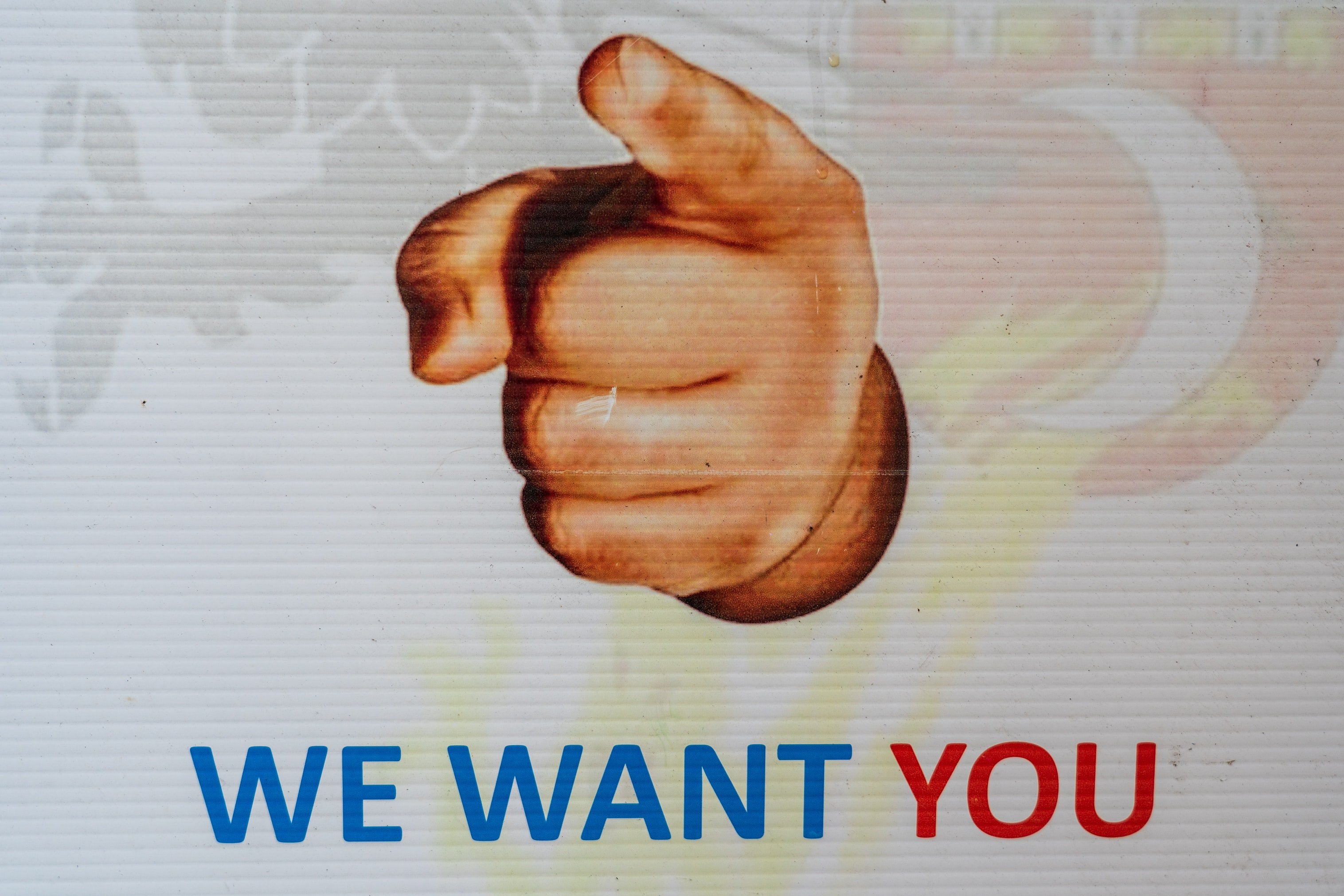This week in HR, I received a dozen notices that FL law, effective July 1, 2023, will require employers – private and public, contractors and all – to process Federal Form I-9’s using E-Verify, an electronic employment verification system. Since 1986, all employers in the US have been required to verify new workers’ identity and employment authorization. I-9’s were traditionally completed on paper and still can be, depending on your business’ size and location, but federal and state rules are getting stricter, with the goal of real-time confirmation of eligibility to work – or ineligibility.
E-Verify was introduced in 1996 and became more popular as systems like isolved developed software bridges to the USCIS, making E-Verify a cohesively integrated step in onboarding. As easy as E-Verify is to use—and getting easier with every software improvement—I-9 compliance remains troublingly low, penalties for non-compliance have increased, and states like Florida have introduced swift measures to force smaller employers to use E-Verify.
In recent years, there has been a significant increase in the number of states requiring employers of smaller sizes to use E-Verify. This growing trend reflects a broader shift in immigration policies and enforcement across the United States.
Why All This Now?
States confronted by unprecedented immigration are increasingly taking immigration enforcement into their own hands to ensure compliance with federal immigration laws. To prevent unauthorized individuals from securing employment and protect local workers and economies, states are using E-Verify to thwart placement of undocumented workers.
If your I-9s have ever been audited, you will appreciate how much risk is associated with I-9 processing practices, how devastatingly costly even minor mistakes can be. And state oversight is only increasing this burden. Compliance has never been a question, but today more than ever, compliance is a sustainability imperative.
Processing Guidance
If you are a Federal Contractor and subcontractor in any state, of any size, it is best practice to habituate processing your I-9’s using E-Verify. Any employer of any size is required to comply with Form I-9 rules, whether using paper or electronic forms, or E-Verify, especially the larger the business. There are more and more states requiring employers to process I-9’s using E-Verify, and it may only be a matter of time before your business is impacted.
Employer participation in E-Verify is free and use of the system is relatively easy. To certain employers, the additional requirements and time spent doing the extra steps are worth the rewards of the program. For customers of Crescent, isolved has a streamlined E-Verify integration with the DHS that allows the employer to process Sections 1 and 2 of the I-9 seamlessly and electronically, within the system, and it also retains documents compliantly.
- Streamlined and Efficient Process: isolved, a leading provider of comprehensive HR solutions, offers integrated E-Verify functionality, eliminating manual data entry, making compliance easier, faster, and more accurate.
- Compliance with State and Federal Laws: By automatically checking the work eligibility of new hires, employers can avoid penalties and legal complications that may arise from employing unauthorized individuals.
- Maintaining a Legal Workforce: This not only helps protect the company from legal repercussions but also promotes a fair and inclusive work environment that values compliance and integrity.
- Mitigating Legal and Financial Risks: Employers can mitigate legal risks associated with non-compliance, which often result in hefty fines, damage to reputation, and potential loss of government contracts.
If you are considering signing up for the E-Verify program, you should include internal training and adequate preparation time so that the additional requirements can be integrated into your typical new hire routine.
Presently, E-Verify involves three main steps that occur after the employee has completed the Form I-9:
- Create the case. Enter the information provided for the Form I-9.
- Review the case. You’ll know within a few seconds whether everything is fine, or additional steps are required.
- Close the case. Confirm if the employee is still working for you. You must close the case to receive the verification report that must be printed and kept with the employee’s Form I-9.
However, there are additional steps both before beginning to use E-Verify and once the employer commits to using the E-Verify system including:
- Ensuring appropriate use of E-Verify. E-Verify may not be used to pre-screen candidates for employment. A case may only be created after an offer of employment is extended and the Form I-9 is completed. E-Verify must be used consistently for ALL newly hired employees.
- Pre-Employment Notices. The employer must provide and post DHS Supplied notices regarding company participation in E-Verify to all prospective employees. The E-Verify Participation and Right to Work posters are available online at https://www.e-verify.gov/employers/employer-resources?resource=32. If the employer has multiple hiring locations that will be using E-Verify, all prospective employee materials should be consistent across locations.
- Case Entry and Case Management Personnel. You will need to identify who will be entering cases into E-Verify upon receipt of the Form I-9 and then managing resolution of any issues until the case can be closed. Once identified, your processes must address how Form I-9 records will be provided to these individuals. Case entry and case management personnel will also be required to comply with the E-Verify recordkeeping, training and refresher tutorial requirements.
- Entry of cases within 3 business days of the first day of work for pay. Generally, you must create a case for new employees in E-Verify within 3 business days of the first day they begin to work for pay, but after the Form I-9 is completed. If the Form I-9 is being completed in a remote office and then sent to case entry and case management personnel, your processes must support the timely exchange of this information.
- Photo identity verification requirements. Employers that participate in E-Verify may not accept a List B document that does not contain a photo. In addition, if an employee voluntarily elects to provide a Permanent Resident Card, Employment Authorization Document or a U.S. Passport, for Section 2 for the Form I-9, you must also verify that the photo displayed in E-Verify is identical to the photo on the document that the employee presented. You must also keep a copy of the document used for the so-called "photo matching" with the Form I-9, even if your normal practice is not to keep copies of documentation provided in support of the I-9.
- Hiring of newly arrived foreign nationals. While an employee is not required to provide a social security number for the Form I-9, they must provide one to create a case in E-Verify. It may take a few weeks for work authorized foreign nationals to receive their social security number if they are newly arrived to the U.S. You may NOT postpone the start date until the social security number is received. You will need to put in place a system for E-Verify cases that are pending input until the social security number is received. When you enter the case in E-Verify, you will then select the reason for the late case entry.
- Management of Tentative Non-Confirmations. A Tentative Non-Confirmation (TNC) means only that the information entered into E-Verify does not match the information in the DHS or SSA databases. A TNC could be due simply to a data entry error – either on the Form I-9 or by the E-Verify user. A TNC may also be due to a data error in the DHS and/or SSA databases. For this reason, USCIS recently expanded the "Self Check", a free online service of E-Verify that lets job seekers securely confirm the accuracy of the same information checked by E-Verify to all 50 states and U.S. territories. Employers may wish to consider including information on "Self Check" to prospective employees so that they may resolve any data issues prior to beginning employment and thereby avoid the inconvenience of the TNC. An employer may not terminate an employee upon receipt of a TNC unless the employee elects not to contest it. If the employee elects to contest the TNC, he or she has eight (8) federal business days to resolve the discrepancy with the SSA. Case management personnel will need to be prepared to initiate and follow up on TNCs and ensure that cases are resolved and closed timely.
The increasing number of states requiring smaller employers to use E-Verify reflects a broader effort to address immigration concerns and enforce federal immigration laws. Employers should carefully consider utilizing E-Verify through isolved to streamline their employment verification processes, maintain compliance with state and federal regulations, and mitigate legal and financial risks. By embracing these requirements, employers demonstrate their commitment to a legal workforce while contributing to a fair and inclusive labor market that prioritizes compliance and integrity.
Peace of mind for employers isn’t bought, it’s achieved through methodical practices.
PHILIP CARRILLO, MBA, SHRM-SCP
Director, HR Services
Philip began his 12-year Human Resource career in HR Project Management and Recruiting in the legal tech sector, working for startups that were listed among Forbes Fastest Growing Companies. Philip has managed human capital operations in almost all 50 states and in parts of Europe. His experience ranges from compliance to leadership coaching. After achieving his MBA from Tulane University in 2019, Philip transitioned from in-house Director to consulting, where he focuses on helping leaders understand, document, and improve productivity and visibility through Performance Management, Mission Vision and Values integration, and Professional Development. Compliance remains a cornerstone of his strategic assistance to companies that want to scale carefully and smartly.
Philip believes that every employer can methodically create an attractive and inspiring Employer Brand and Human Capital strategy. “Every challenge can become the building block of a breakthrough opportunity through a dynamic HR strategy.”



